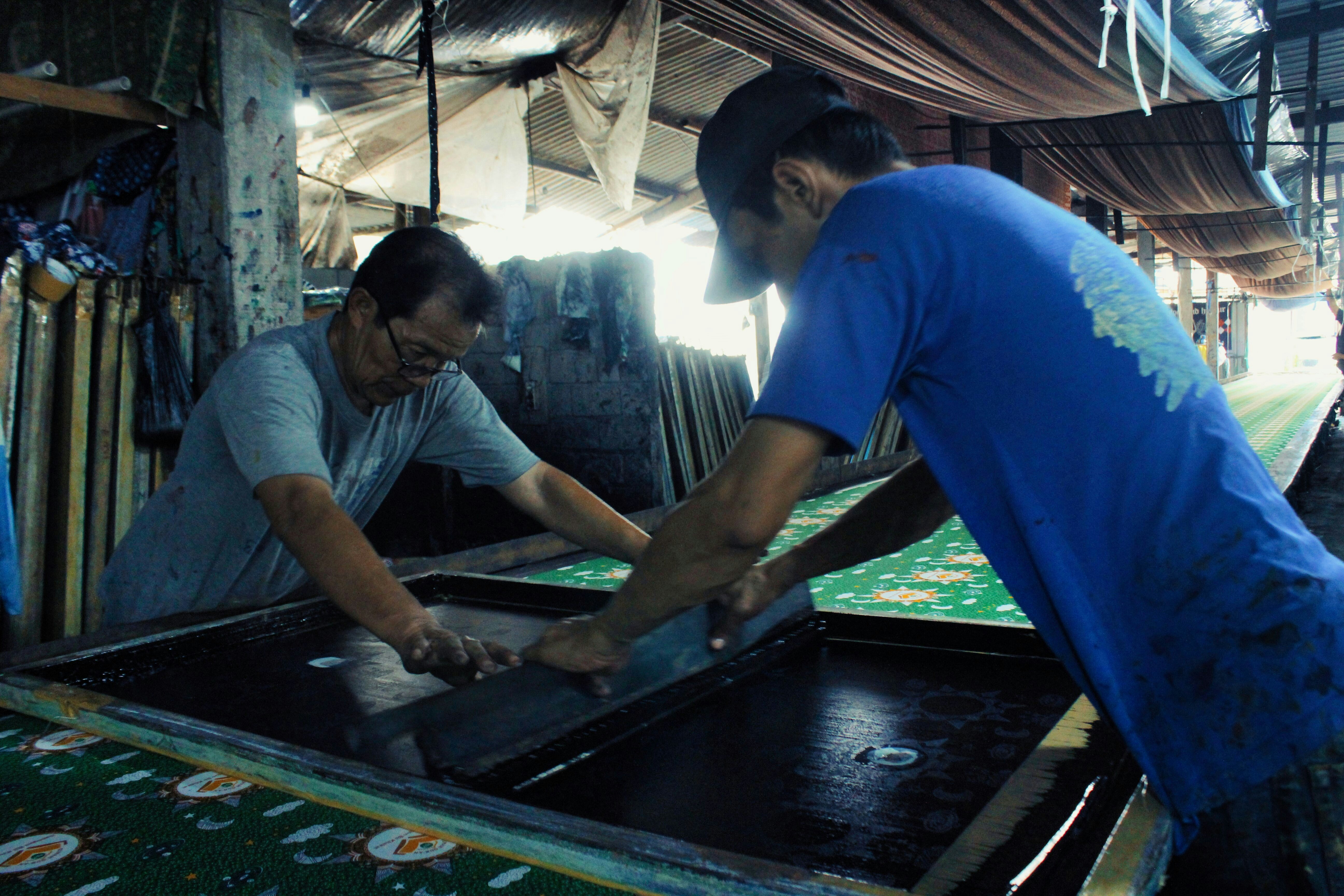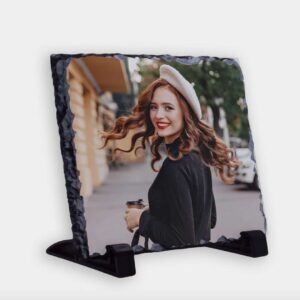Subtotal: ₹699.00

Understanding DTF Printing
Direct to Film (DTF) printing is an innovative printing technology that has gained popularity in the realm of textile printing, especially for dark-colored garments. The process involves printing a design onto a special film using high-quality inks, which are subsequently transferred onto the fabric using heat and pressure. This contrasts with traditional methods, as DTF can achieve vibrant colors and intricate details while being particularly effective on dark color articles.
One of the defining characteristics of DTF printing is the use of a specialized transfer film. This film is coated with a unique adhesive powder that allows the printed design to bond effectively with the fabric upon application. Once the design is printed and the adhesive is applied, the film is placed onto the desired fabric and subjected to a heat press. The heat activates the adhesive, ensuring that the colors penetrate the fibers of the garment, resulting in a durable and high-quality finish, which is crucial for dark fabric printing.
Another advantage of DTF printing is its versatility. This method can be used on a wide variety of materials, including cotton, polyester, and blended fabrics, making it suitable for diverse applications ranging from t-shirts to promotional merchandise. Moreover, DTF printing excels in producing designs with precise details, allowing for high-resolution graphics, fine text, and vivid colors that maintain their integrity even after multiple washes.
Unlike sublimation printing, which requires the substrate to be light-colored and polyester-based, DTF printing does not have such restrictions. This flexibility opens up new opportunities for designers and businesses, enabling them to create high-quality prints on dark materials that were previously challenging to achieve. Overall, DTF printing is a powerful solution for anyone seeking to produce attractive and long-lasting designs on dark color articles.
Exploring Sublimation Printing
Sublimation printing is a specialized digital printing technique that utilizes heat to transfer dye onto various materials. The process begins with creating a digital design, which is then printed onto a sublimation transfer paper using sublimation inks. When heat is applied, typically through a heat press, the solid dye transitions into a gas without becoming liquid. This gas permeates the fibers of the substrate, bonding with them to create vibrant and durable images.
This printing method is particularly effective on polyester fabrics and polymer-coated substrates. For instance, sublimation works exceptionally well on white or light-colored garments, as the dye becomes part of the fabric, resulting in high-quality prints that are resistant to fading and cracking. Additionally, sublimation allows for intricate designs, color gradients, and photographic images that are hard to achieve with other printing methods.
Despite its advantages, sublimation printing has notable limitations, especially when it comes to dark-colored garments. The process inherently relies on the base color of the fabric since the dye is transparent. This characteristic poses challenges when attempting to print on dark materials; the colors may appear dull or invisible. To work around this, sublimation printing requires white or light-colored substrates where the vibrant hues can stand out effectively. As such, it is not suitable for printing directly on dark fabrics without the use of a pre-treatment or a white base layer.
Furthermore, while sublimation can be an excellent choice for custom garments, promotional products, and sportswear, its limitations in dark material printing prevent it from being a universally applicable solution for all types of apparel. Understanding these dynamics is crucial for anyone considering sublimation as a printing option, particularly for designs intended for darker textiles.
Feature Comparison: DTF vs. Sublimation
When considering the various options available for dark color printing, two popular methods that emerge are DTF (Direct to Film) and sublimation printing. Each technique brings its unique set of characteristics, making it crucial to analyze key features such as print quality, color vibrancy, material compatibility, cost-effectiveness, and durability of prints.
In terms of print quality, DTF printing tends to excel when addressing dark color applications. This method allows for the transfer of intricate designs onto darker fabrics without the need for a white base layer, resulting in sharper images and greater detail. On the other hand, sublimation printing is generally suited for lighter fabrics, as it relies on dye that only adheres to polyester fibers. As a result, it often struggles to produce vibrant colors on darker materials, leading to less satisfactory outcomes in similar applications.
Color vibrancy is another area where DTF holds an advantage for dark fabrics. With its specialized inks and transfer films, DTF produces rich and vibrant colors, allowing designers to achieve stunning visuals that stand out against dark backgrounds. Conversely, sublimation’s effectiveness diminishes on dark substrates, as the dye tends to blend into the fabric, producing a washed-out appearance.
Material compatibility is also an important consideration. DTF printing works on a wider variety of materials, including cotton, polyester, and blends, making it highly versatile. Sublimation, however, is limited to synthetic materials, specifically those with high polyester content, which narrows its applicability for dark color printing.
When evaluating cost-effectiveness, DTF systems often require a higher upfront investment in equipment and supplies, but offer cost savings in production due to low waste and versatility. Sublimation printing may present lower initial costs, yet costs can accumulate over time due to the need for specific materials and substrates. Lastly, regarding durability, DTF prints are known to withstand harsh washing and wear, often maintaining their quality over time. Sublimation prints, although durable on the right materials, can fade when exposed to external elements or if not applied correctly.
Conclusion: Which Method is Superior for Dark Colors?
In evaluating the two prominent printing methods, DTF (Direct to Film) and sublimation, for dark color applications, specific attributes of each method emerge that inform their efficacy and suitability. DTF printing, which involves printing designs onto a special film and transferring them onto a garment, demonstrates a remarkable capability to produce vibrant colors even on dark fabrics. This characteristic is essential, as it allows for a wide range of creativity and design possibilities without the limitation of fabric color.
On the other hand, sublimation printing, while producing stellar results on white or light-colored items, struggles when tasked with embedding vivid designs on darker materials. This limitation stems from the nature of sublimation ink, which becomes part of the fabric and is inherently transparent; hence, it cannot create the desired opacity against dark backgrounds. As a result, sublimation is generally best suited for lighter materials, making DTF a more versatile option for darker color textiles.
For businesses or individuals focusing on custom dark apparel, DTF proves to be the superior choice due to its compatibility with a broader spectrum of fabric colors. Industries that may benefit from this include fashion designers, promotional merchandise providers, and custom gift creators, all of whom need to ensure their designs stand out on darker surfaces. Ultimately, both methods have distinct advantages and applications; however, for the specific need of vibrant dark color printing, DTF clearly provides the best results. Making an informed decision depends on individual objectives, but for dark-colored items, embracing DTF could be the most beneficial path forward.



